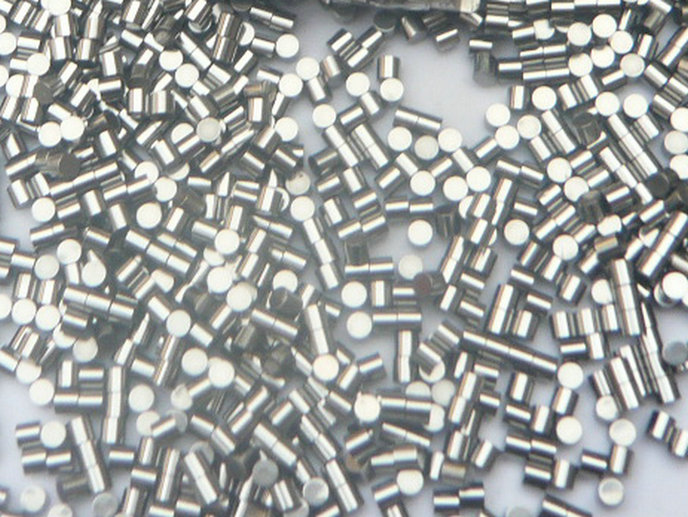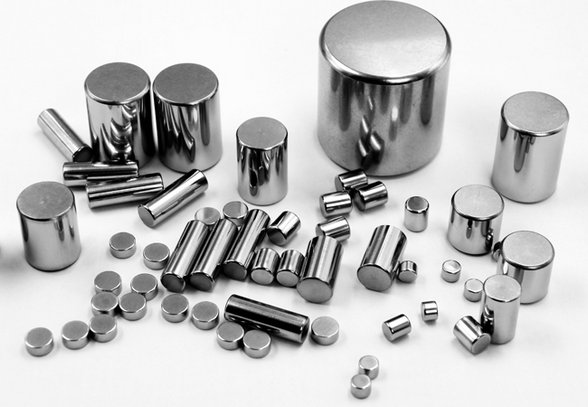
are the cylindrical rollers grinding? or the car processing?
cylindrical rollers are typically made by a grinding process, which involves grinding the cylindrical shape to the required dimensions and surface finish. the grinding process ensures high accuracy and precision of the cylindrical rollers, which is crucial for their performance in applications such as bearings. cylindrical rollers are used in some automotive applications such as bearings and transmissions.
the surface of the rollers is often further processed by polishing or other surface finishing techniques to improve its surface roughness and reduce friction. the finished rollers can then be assembled into bearings or other mechanical components for use in various industries.
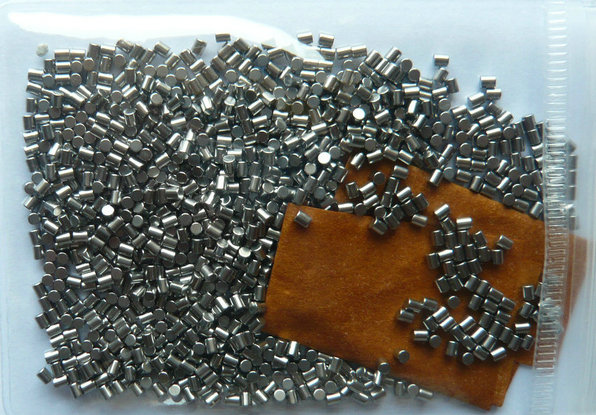
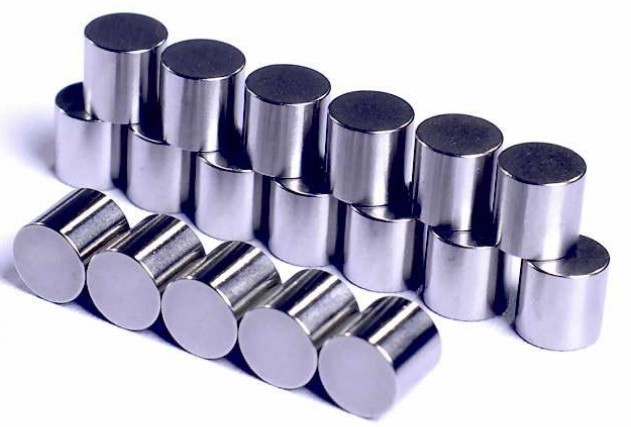
is a small amount of needle rollers(cylindrical rollers) manufacturing?
small quantities of cylindrical rollers or needle rollers can be manufactured. However, the manufacturing process for cylindrical rollers or needle rollers typically involves several steps, including cutting, grinding, heat treatment, and finishing, which can be time-consuming and costly. As a result, the cost per unit may be higher for small quantities due to the fixed costs of the manufacturing process.
small quantities of cylindrical rollers or needle rollers are typically produced through specialized manufacturing processes, such as precision grinding, which can be more efficient and cost-effective for smaller production runs. we may offer customized solutions for smaller quantities, including tailored designs, materials, and production processes to meet specific customer needs.
is the cylindrical roller high accuracy?
cylindrical rollers can be manufactured to high levels of accuracy, depending on the specific application requirements. The accuracy of cylindrical rollers refers to how closely their actual dimensions match their specified dimensions. high-accuracy cylindrical rollers are typically used in applications where precise motion or positioning is required.
the accuracy of cylindrical rollers is typically defined by tolerance classes, such as G2, G3, and G5, which indicate the allowable deviation from the specified dimensions of the roller. the tighter the tolerance class, the higher the level of accuracy. the accuracy of cylindrical rollers depends on the manufacturing process and the level of precision required for the specific application. we can use various methods such as precision grinding or honing to achieve high levels of accuracy in cylindrical rollers.
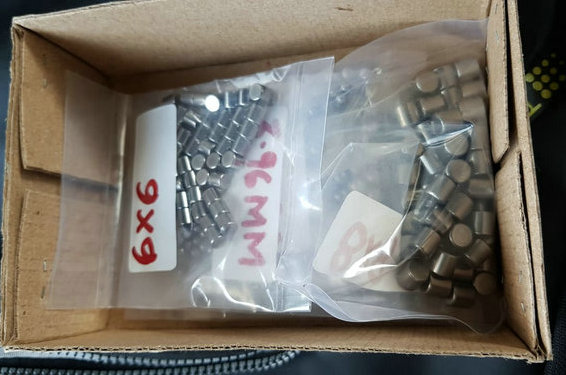
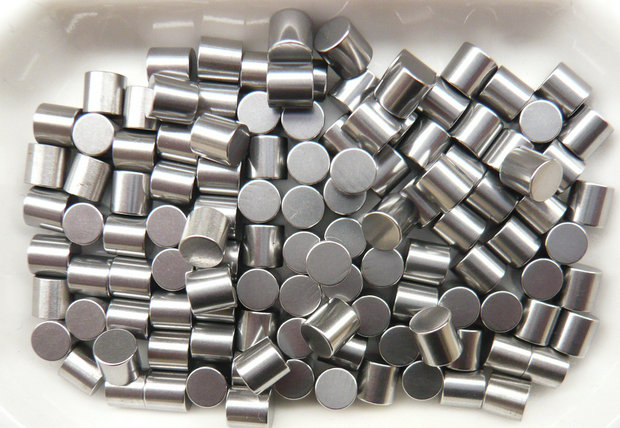
how can cylindrical rollers be used for cross one-way bearings?
cylindrical rollers can also be used in cross one-way bearings, also known as indexing clutches or sprag clutches, which are used in various applications to provide unidirectional motion and to prevent reverse rotation.
the selection of the appropriate cylindrical roller size, material, and accuracy depends on the specific requirements of the cross one-way bearing and the application. The load capacity, torque requirements, and environmental conditions of the application are important factors to consider when selecting cylindrical rollers for use in cross one-way bearings.
how are cylindrical rollers used for overrunning clutch?
cylindrical rollers can be used in overrunning clutches, which are also known as freewheel clutches or one-way bearings. These devices are used to transmit torque in one direction while allowing free rotation in the opposite direction.
the selection of the appropriate cylindrical roller size, material, and accuracy depends on the specific requirements of the overrunning clutch and the application.
how are cylindrical rollers used for automobile oil pump?
cylindrical rollers in air or hydraulic cylinders is typically limited to a supporting role, rather than a primary sealing element. Their use can help improve the performance and longevity of the primary sealing element, but they should not be relied upon as the sole sealing element in these applications.
cylindrical rollers can be used in conjunction with these primary sealing elements to provide support and stability to the piston or rod. They are typically made from a harder material, such as steel or ceramic, and are designed to provide low-friction support and prevent wear and deformation of the primary sealing element.
how can cylindrical rollers be used for air cylinders or hydro-cylinder?
cylindrical rollers can be used in air cylinders or hydraulic cylinders as a guiding element for the piston or rod. they are typically made from a harder material, such as steel or ceramic, and are designed to provide low-friction support and prevent wear and deformation of the primary sealing element.
cylindrical rollers in air or hydraulic cylinders can help improve the performance and longevity of the primary sealing element and provide smoother operation of the cylinder. however, their use is typically limited to a supporting role and they should not be relied upon as the sole sealing element in these applications.
